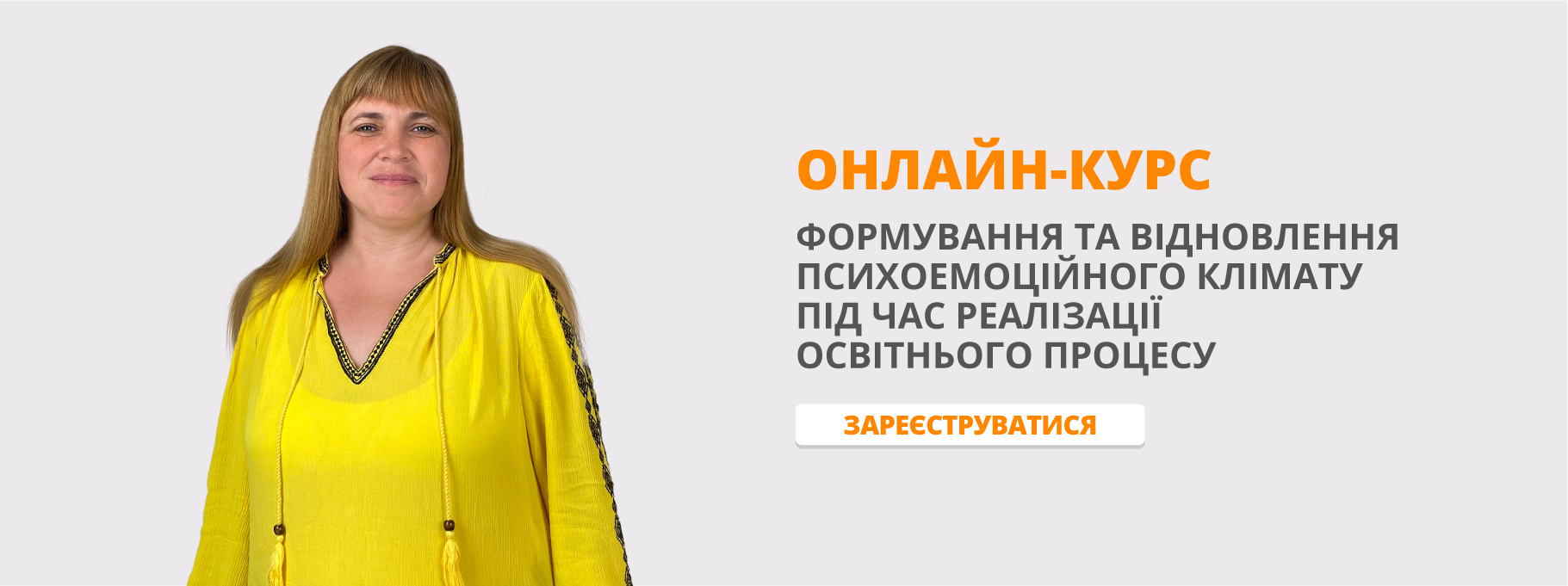Prepare 7.Unit 6.REading
Prepare 7.Unit 6
Reading
The secondary school system in the UK
From the age of 11 to 16, children go to secondary school. Most take children of all abilities and are called comprehensive schools. But there are also grammar schools, where children take an exam to enter, especially in Northern Ireland. In Scotland, secondary schools are called high schools or academies. When they are 14, all children choose the subjects they want to study at GCSE (or National 5 exams in Scotland). These are national exams you take at 16. Everyone has to do English and maths. Students also choose four or more additional subjects from a list. This includes subjects like languages and sciences but also photography and drama.
The school year
The school year goes from September to July in England and Wales, August to June in Scotland and September to June in Northern Ireland. There are three terms and short holidays in the middle of each term. The Christmas and Easter holidays are usually two weeks, and the summer holiday is six weeks, or two months in Northern Ireland.
The school day
The school day at secondary schools goes from about 8.45 a.m. to 3.30 p.m. There's a break in the morning and another for lunch. Most British school students have to wear a uniform. Each school has its own colours for the uniforms.
Sixth form / S5 and S6
When students are 17 and 18, they take more exams. In Scotland, these exams are called Highers in the first year and Advanced Highers in the second year. In the rest of the UK, students go into the sixth form to study four subjects at AS level in their first year and three of these at A level in the second year. You need to pass these high-level exams to go to university.
Task 1.True or False.
- Comprehensive schools called secondary school for children of all abilities.
- Grammar schools, where children take an exam to enter especially in Northern Ireland.
- In Scotland, secondary schools are called high schools or academies.
- The school year goes from October to July in England and UK, August to September in Scotland and September to June in Northern Ireland.
- The Christmas and Easter holidays are usually six weeks, and the summer holiday is eight weeks, or two months in Northern Ireland.
- The school day at secondary schools goes from about 8.55 a.m. to 3.35 p.m.
- There's a break in the evening and another for lunch.
- Most British school students haven’n to wear a uniform.
- When students are 15 and 18, they take more exams.
- In Scotland, these exams are called Highers in the first year and Advanced Highers in the second year.
- Students go into the sixth form to study four subjects at AS level in their first year.
- Each school has its own colours for the uniforms.


про публікацію авторської розробки
Додати розробку
